Once again this is not considered a review, as I did not try to test everything the lens is capable of. My Sony 35mm F2.8 Sonnar T* FE ZA had its lens hood broken by a hailstorm, so I decided to take some other 35 mm lens I have with me and my Sony a7R
. It was not dark, so I had no use for a Voigtlander Nokton 35mm f/1.2 II Aspherical
and decided to take lens I haven’t been using a while with me. That lens was an old Minolta MC W.Rokkor-HH 35 mm F1.8, which is the first all metal version from the 1960’s. There are several versions of this lens and the later ones are smaller, lighter and have better coatings I’ve been told, but some say this older one is sharper than the later versions. I can’t say anything about that as I don’t have the later version and (micro)contrast is almost more important than just sharpness, which can be manipulated later. But you can’t add missing detail to your photos in post processing.
The lens had a non-working aperture ring when I bought it some years ago, but I got it serviced and it came back looking as new as they cleaned up everything else as well. All glass elements are as clear as possible and it’s only the metal parts that are lost paint here and there. The most beaten up part in that image is the MD-NEX adapter, which has been on the bag for a couple of years. As you can see, the lens is not a small one and being all metal, including the hood, it weighs a lot. The lens itself is a bit smaller, because as you can see, there is the MD-NEX adapter and a lens cap attached to the lens. I know I don’t have a white box in which I could take proper product shots, but maybe I’ll build one some day. Until then, this is what you get.
The lens itself is quite sharp even wide open, but during a sunny day I couldn’t shoot it all the time at F1.8 without ND filter on it. The aperture ring goes from F1.8 to F16 in half clicks and if you do hyperfocal focusing at F16, the image is sharp from about 1.2 meters to infinity, the sharpest area being at around 2 meters (although it must be said that at F16 almost everything is at focus). The lens has some chromatic aberration at F1.8, but you really have to make a worst case scenario to have it show. The following is a crop from a bigger image and it shows the sun shining just in an angle that makes the purple fringing show up. I should take some night shots also to compare it to the 35 mm Voigtländer, which has problems with colour fringing on night shots.
But if you look at the following F1.8 photograph of a bird in a tree (yes, it is there), the chromatic aberration is not as bad and could be edited away in Lightroom. None of the images here are edited in any way to show the photographs are they come from the camera.
I wouldn’t take this lens for nature photography as my only lens, as 35 mm on a full frame camera is a bit short for that. But one takes pictures with what one has and in this case I was carrying only one lens with me, which is usually the case.
The lens has typical Minolta colours which I like very much. One good thing about Minolta lenses is that the colours are about the same from lens to lens, so if you do have several lenses with you, you don’t have to edit them later. The car above was a reminder to myself and to you also: always carry a camera with you. The best camera you have is the camera that you have with you and if you have none, then you will miss the photograph. I’d be sad if I had been able to take that photo only with an iPhone of mine. I had less than 10 seconds to take the picture above (and three others) using manual focusing. Sorry for the background and the angle, but you can not do much in 10 seconds. This wasn’t a car show, it was a local grocery store parking lot.
I’m very glad that I have this lens as it’s easy to focus, sharp enough, very good colour and bokeh (or which I sadly can’t show an example, because I don’t have permission from the person in the photograph). I paid about 130 euros for the lens and servicing it to good as new (mint) condition cost 90 euros more, but for 210 euros this is a good enough lens for me to not think about buying the new Sony SEL35F14Z Distagon T FE 35mm f/1.4 ZA lens, which truly is as good as they say, but unfortunately very expensive also. To me, photographs taken with this old Minolta look good enough, because I’ve seen what this lens truly can do (but can’t post right now). Of course this is not F1.4 and manual focus only, but taking pictures with it is quite rewarding instead of just pressing the shutter again and again and having the lens do the work for you. At F1.8 you have plenty of bokeh if you are into that and it gets very sharp when aperture is closed down.
If you are looking for a good 35 mm lens and can’t afford the new Sony 35 mm F1.4, this is a good F1.8 alternative, although with manual focusing. You might see more of the new versions for sale and I’d probably pick one up instead of this old version, just because of the weight difference. But it must be said that I haven’t seen pictures from the later versions and how they compare to this one, as this is usable even aperture wide open. Outside the chromatic aberration can show up in sharp edges like tree branches, but when taking pictures inside, you’ll see none of that, only the beautiful bokeh. There is also an F2.8 version of this lens (which I also have), which is also excellent if you don’t need F1.8 and need a really cheap quality lens.
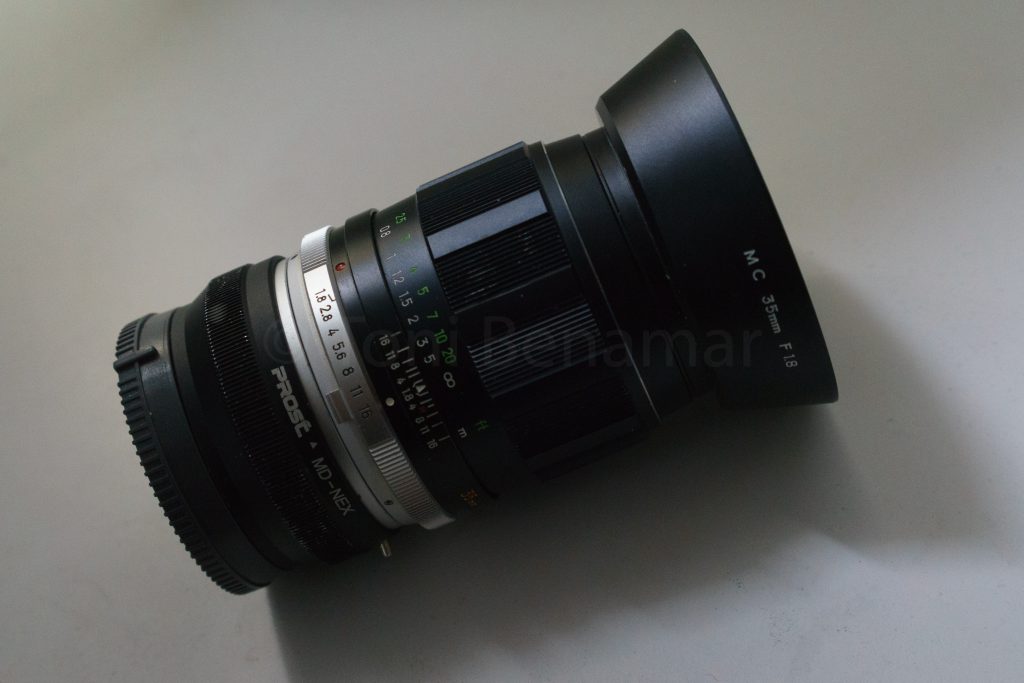
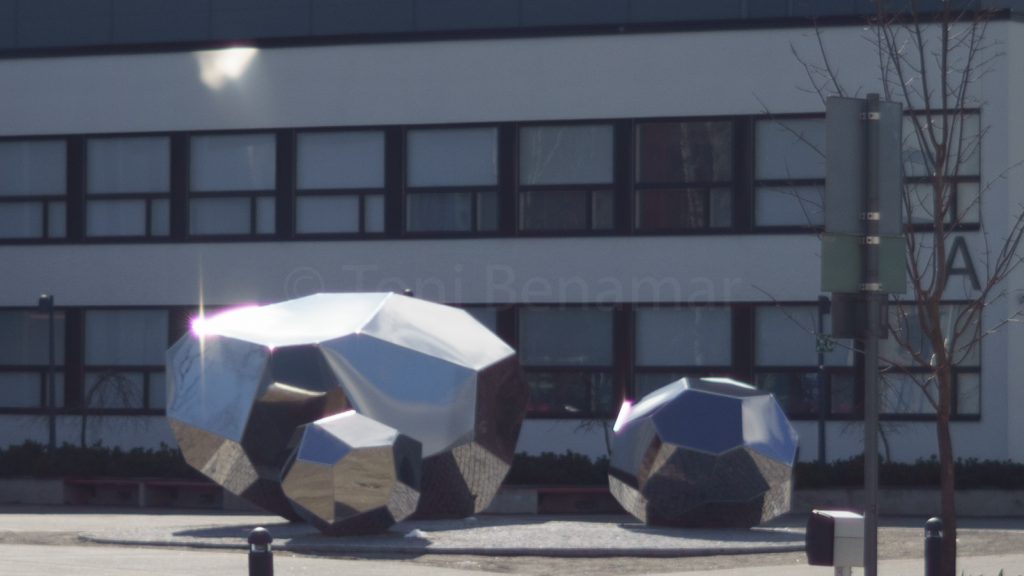
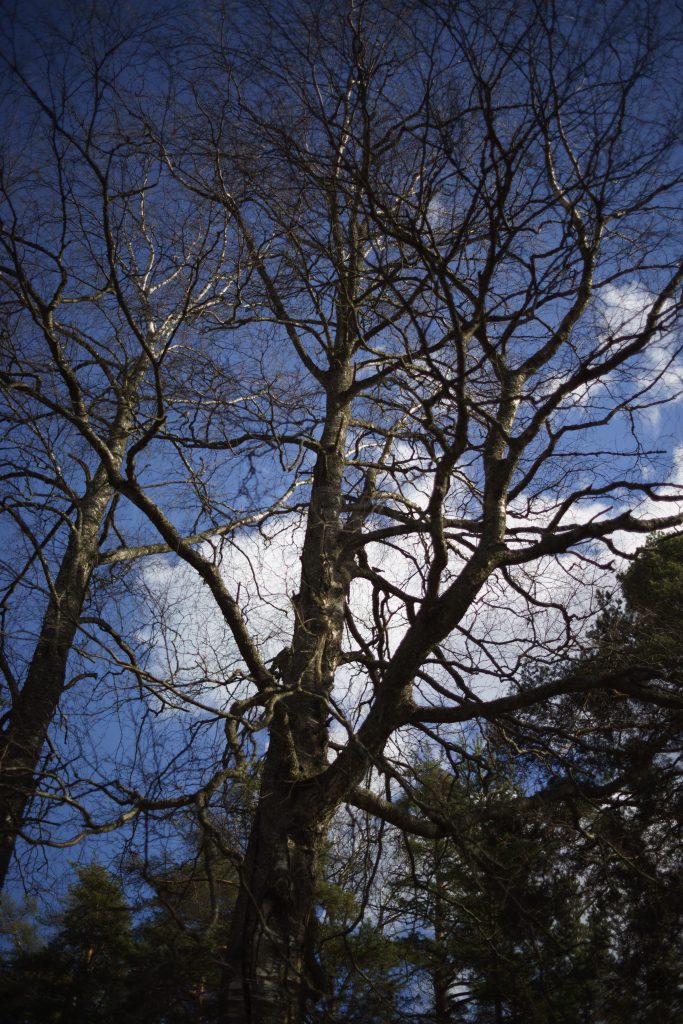
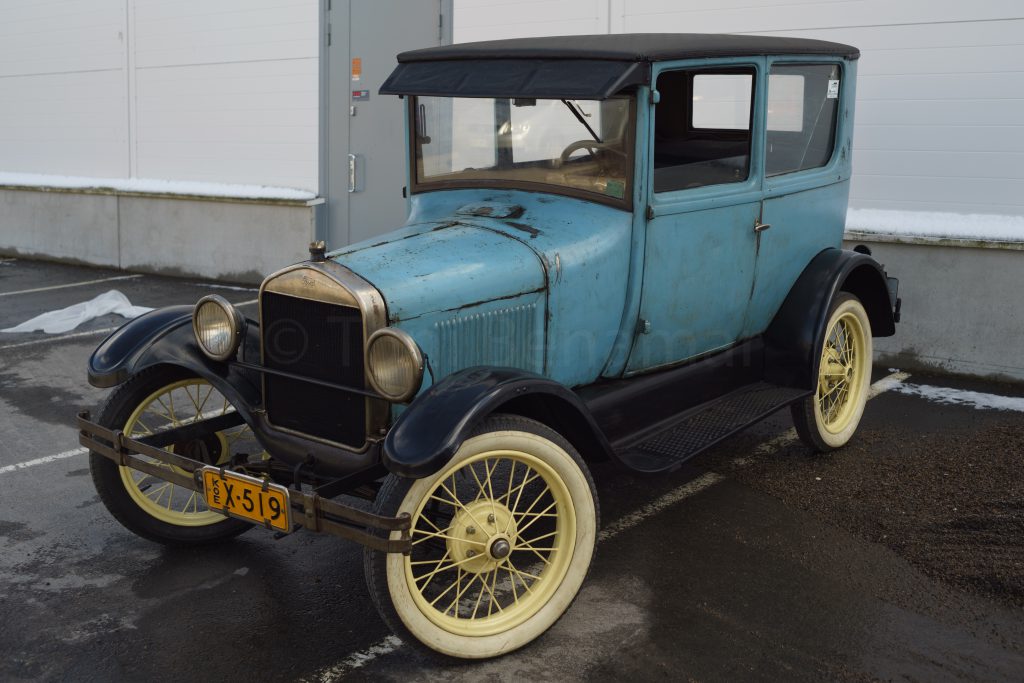
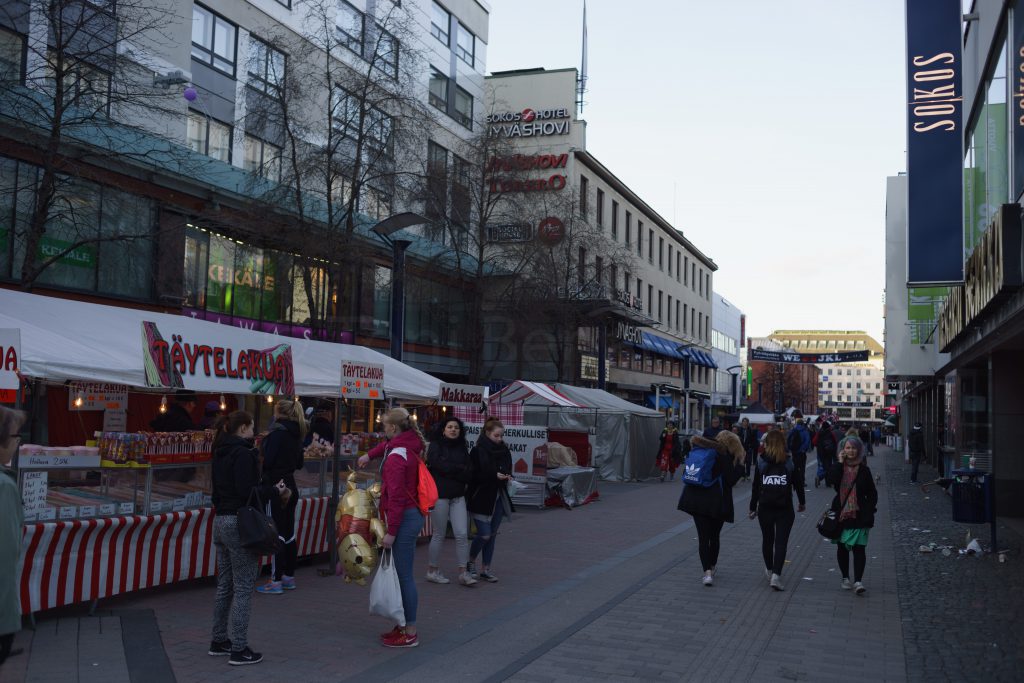




Sorry, had to fix the lens name. It’s of course Minolta MC W.Rokkor 35 mm F1.8, just like the lens hood says, not MD. MD is the later one mentioned in the article.